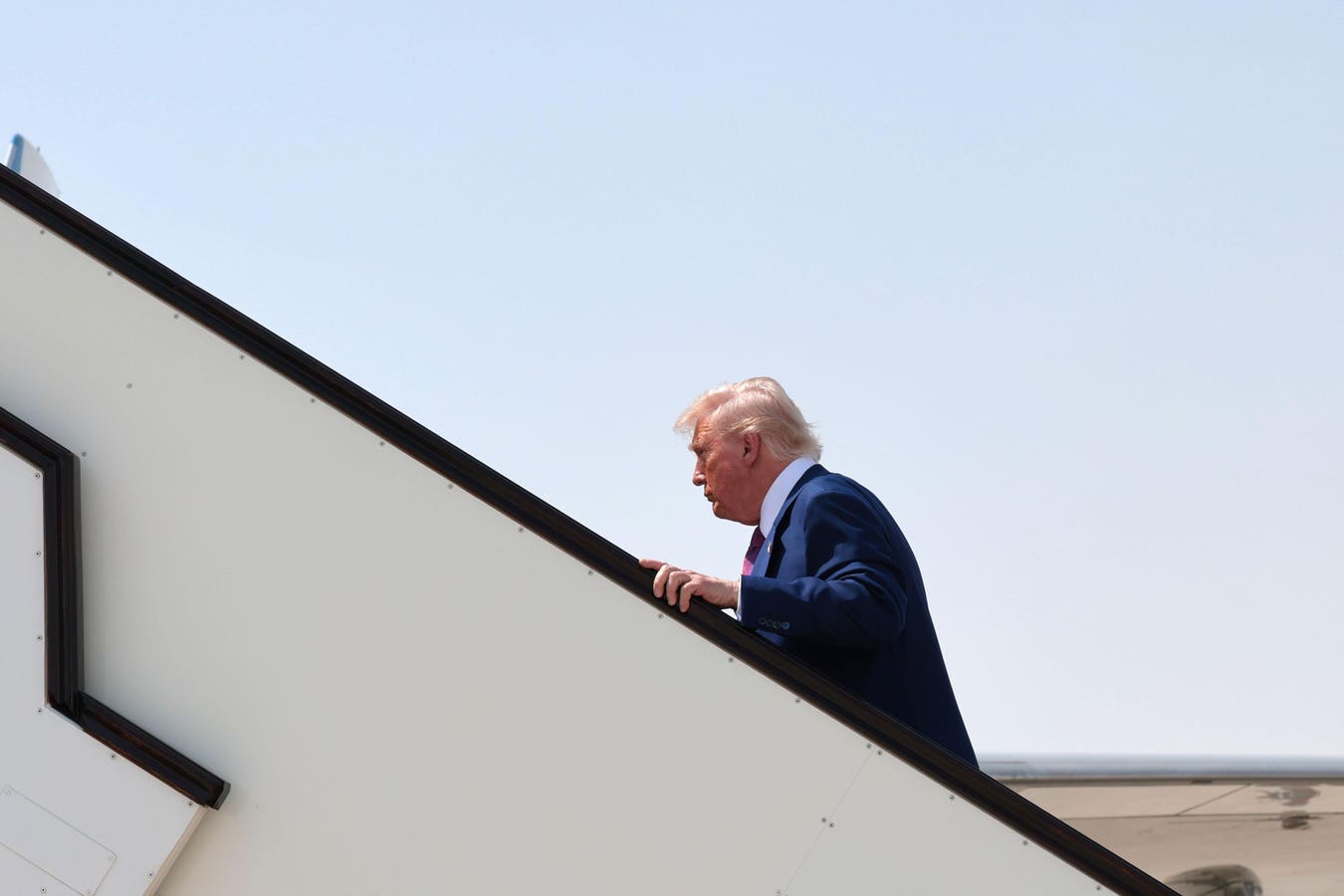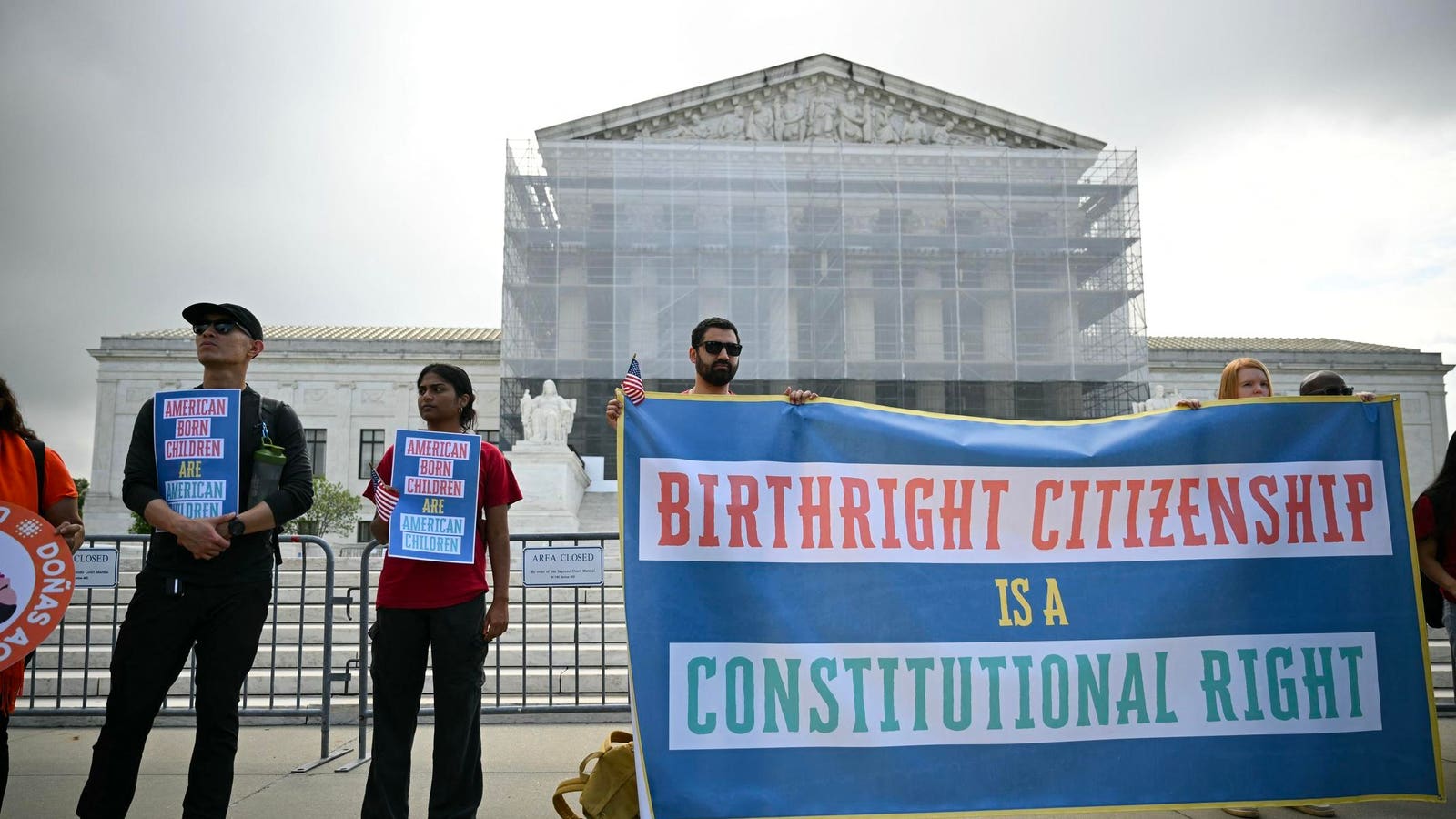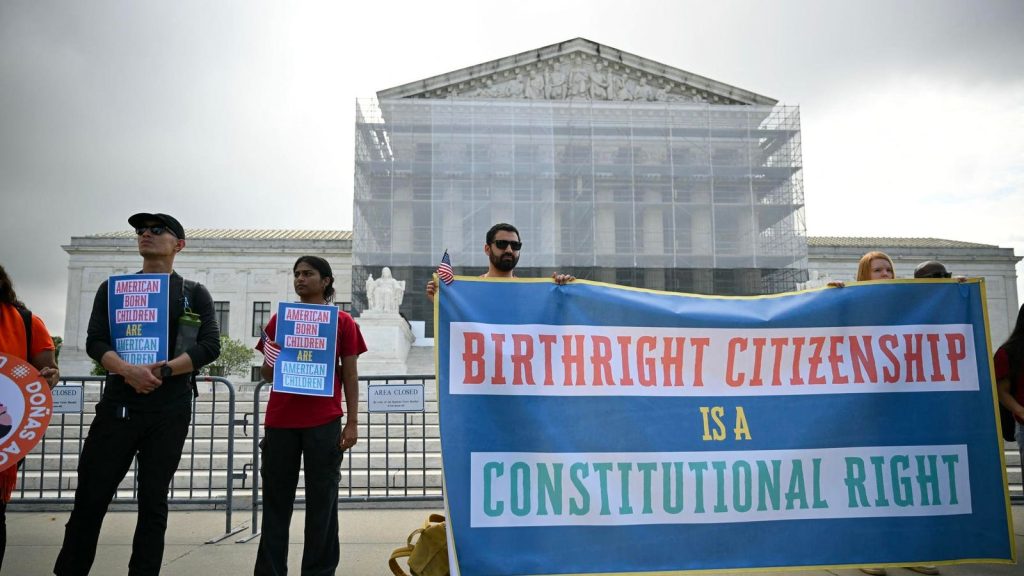Topline
Three times as many Canadians are staying away from the U.S. than the national travel industry first predicted—setting up a potential $6 billion economic loss this year.
The Blue Water Bridges between the cities of Port Huron, Michigan and Sarnia, Ontario are seeing … More fewer Canadians crossing these days.
Key Facts
Last month, the number of Canadians taking road trips into the U.S.—representing the majority of Canadians who visit—dropped by 32% compared to March 2024, according to new data from Statistics Canada.
There was also a 13.5% decline in air travelers from Canada compared to March 2024.
It was the third consecutive month of steep decline of inbound Canadian car travel, following a 23% year-over-year drop in car travel and a 2.4% drop in air travel to the U.S. in February, after President Donald Trump announced tariffs and began referring to Canada as “the 51st state.”
The U.S. Travel Association (USTA) warned in February that even a 10% reduction in Canadian inbound tourism could translate to $2.1 billion in lost spending and 140,000 jobs jeopardized in the hospitality and related sectors.
Using the USTA’s calculations, a sustained decline of more than 30% in Canadian visitors would translate to more than $6 billion in losses to the U.S. economy in 2025.
There was also a 17% drop in inbound travel from Western Europe to the U.S. last month compared to March 2024, according to preliminary data released last week by the National Travel and Tourism Office (NTTO), the agency within the U.S. Commerce Department that tracks tourism statistics.
Key Background
Following two years of strong growth in inbound tourism, the U.S. is seeing a precipitous drop in international visitors so far in 2025. Canadians comprise the single largest cohort of foreign inbound tourists to the U.S., accounting for about a quarter of all foreign visitors, according to the U.S. National Travel and Tourism Office (NTTO). The next biggest market is Mexico, which sent 23% fewer air travelers to the U.S. in March compared to the same month last year. March inbound tourism volume also dropped year over year from the Caribbean (down 26%), Central America (down 24%), South America (down 11%), Africa (down 10%), Oceania (down 8%) and Asia (down 1%), according to NTTO’s data.
Big Number
$20.5 billion. That’s how much Canadian travelers spent in the U.S. in 2024. To put that number into perspective, it’s nearly double the $10.4 billion that Americans spent at McDonald’s last year.
Tangent
“In Canada, we have seen a significant drop-off in bookings,” Delta president Glenn Hallenstein told investors last week on the company’s first-quarter earnings call. In response to flagging demand, airlines like Delta and United are paring back on their Canada-U.S. flights. Notably, United Airlines has a major partnership with Air Canada, which reduced its April 2025 capacity on Canada-U.S. routes by more than 63,000 seats, per data from Visual Approach Analytics. Delta has a partnership with the Canadian airline WestJet, which reduced its capacity this month by nearly 12,000 seats. An additional 30,000 seats were collectively cut in April by Canadian carriers Flair Airlines and Air Transat. The hit comes at a time when airlines are already reeling from declining domestic demand due to the Trump administration’s tariffs.
What To Watch For
Whether the Canadian travel boycott will escalate further heading into the peak summer travel season. There are already signs of significant decline in flight bookings into June. An analysis by Cirium found that third-party flight bookings made in the first quarter 2025 for travel in April through June are down by 21% from major Canadian cities to key U.S. destinations. “It’s not the full picture, of course,” noted the study’s authors. “Only the airlines have the full view of what the actual decline looks like.”
Further Reading
Trump’s Tariffs Sent U.S. Airline Bookings Into A Tailspin, New Data Show (Forbes)











